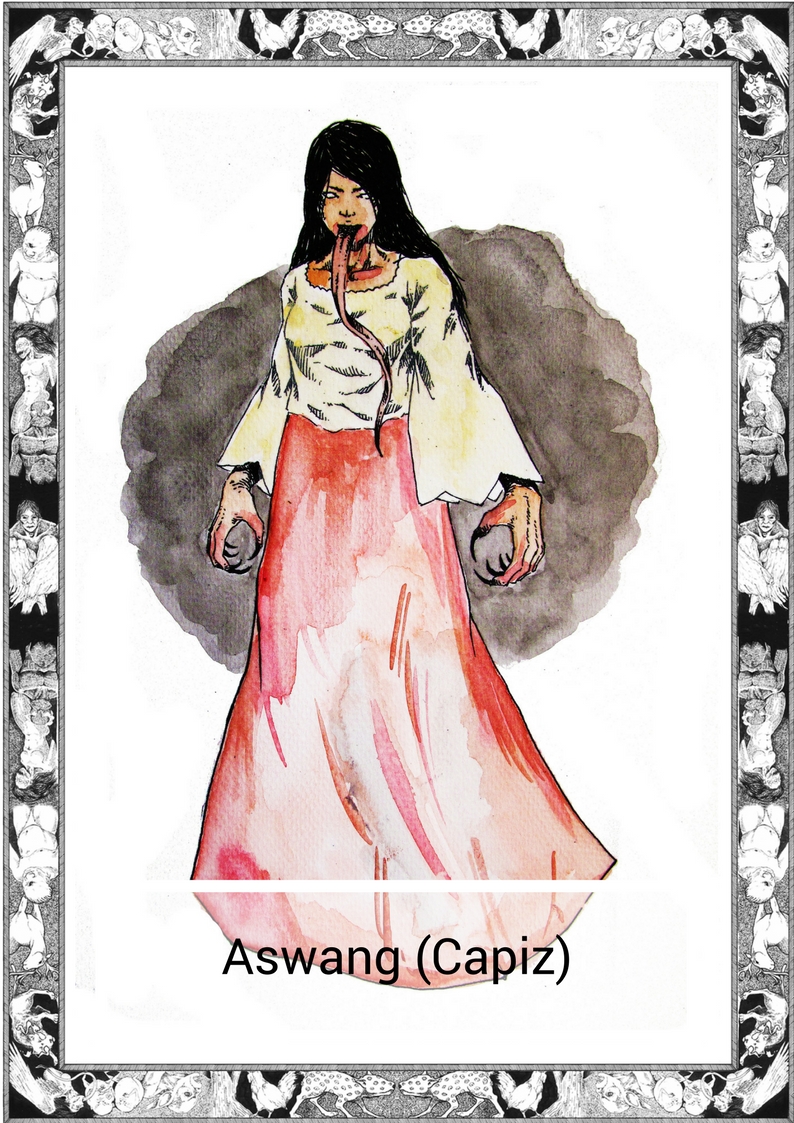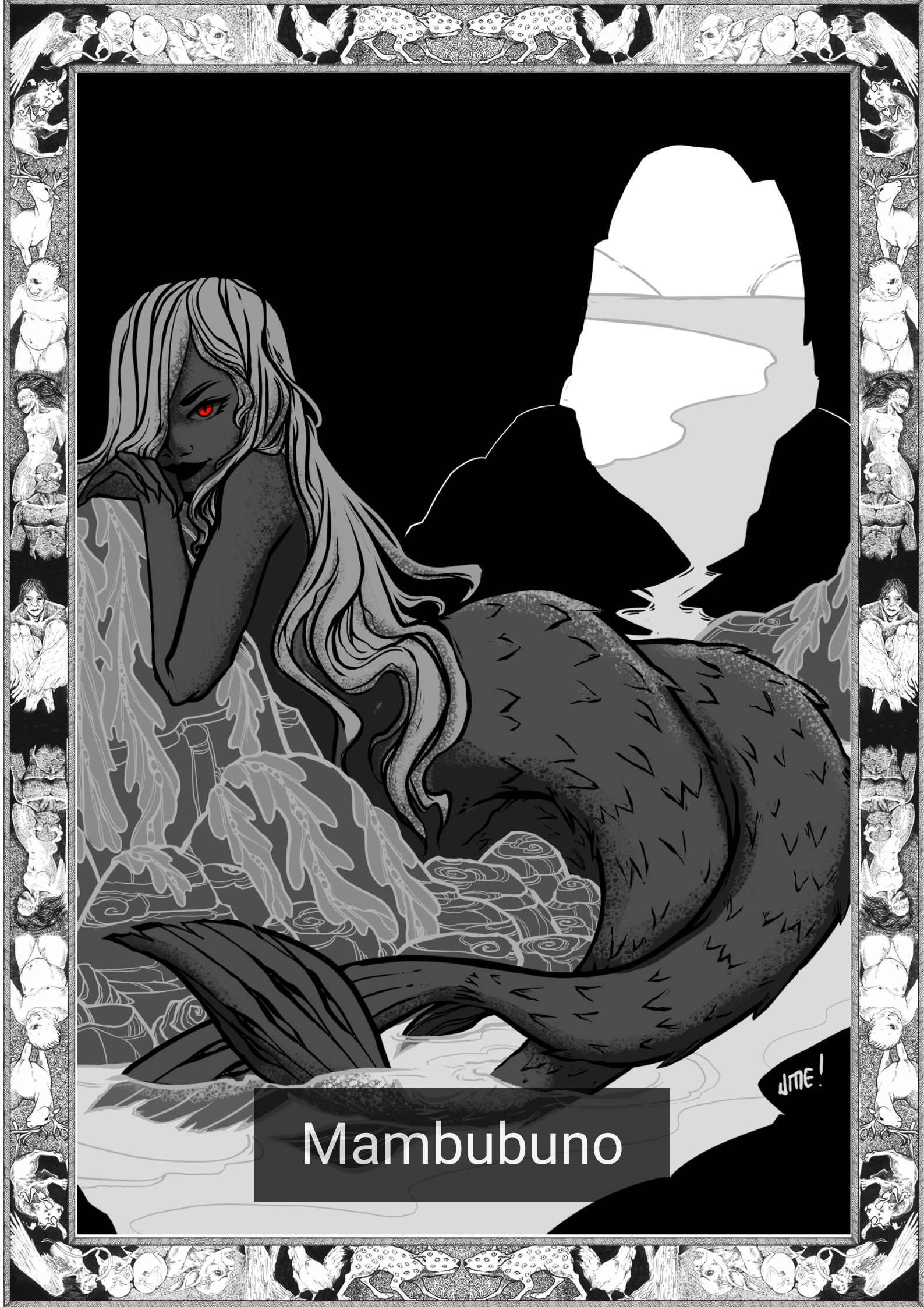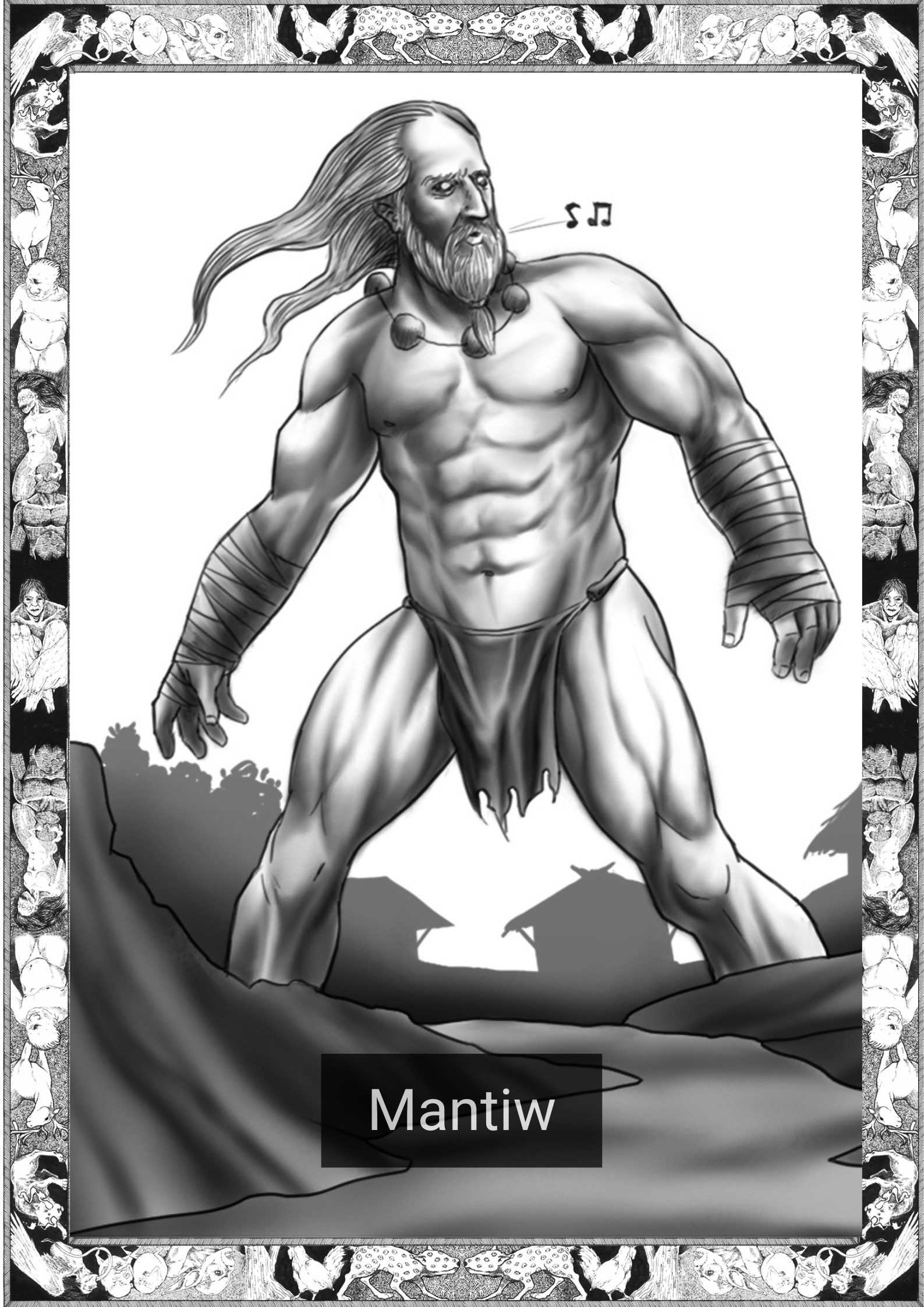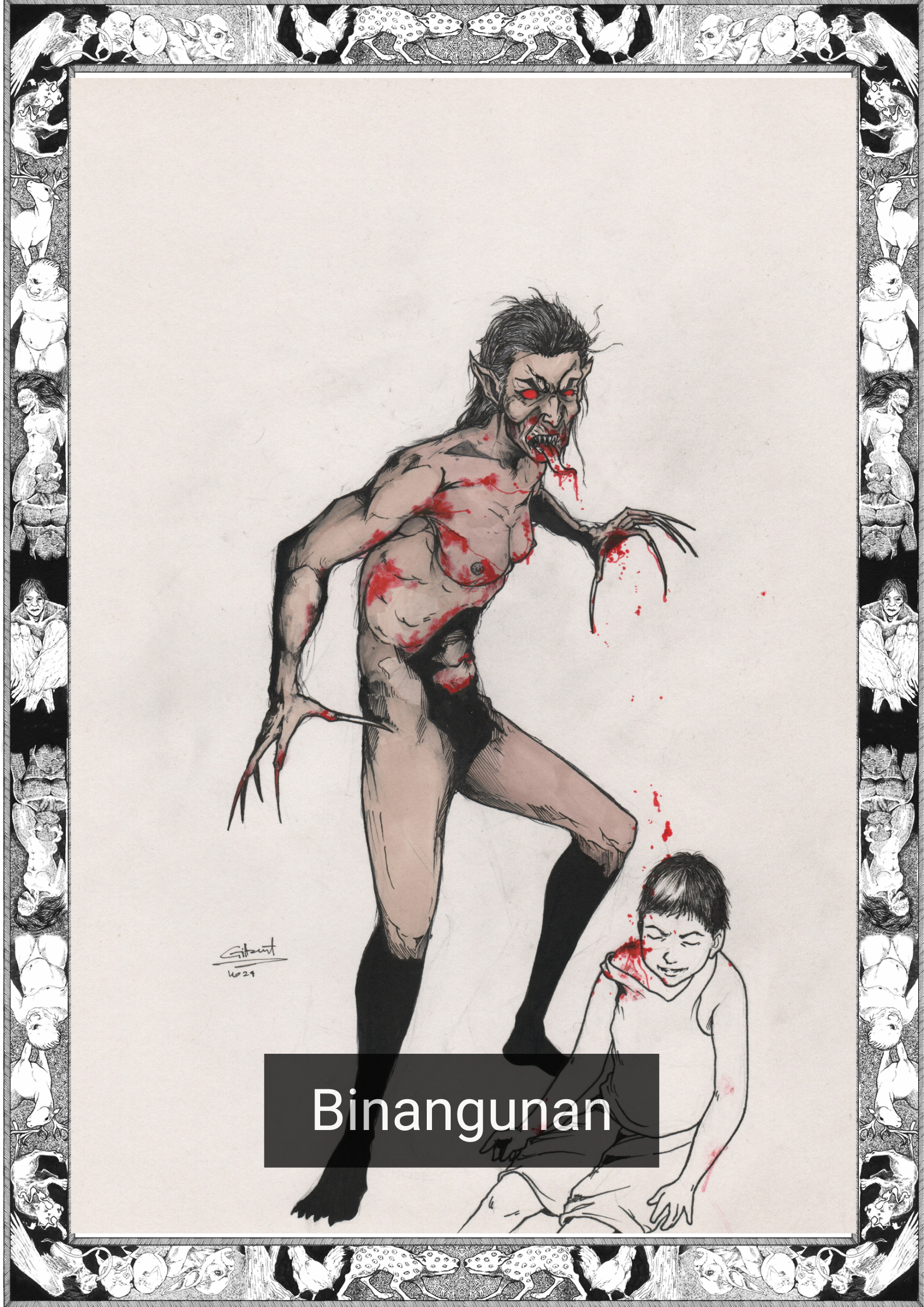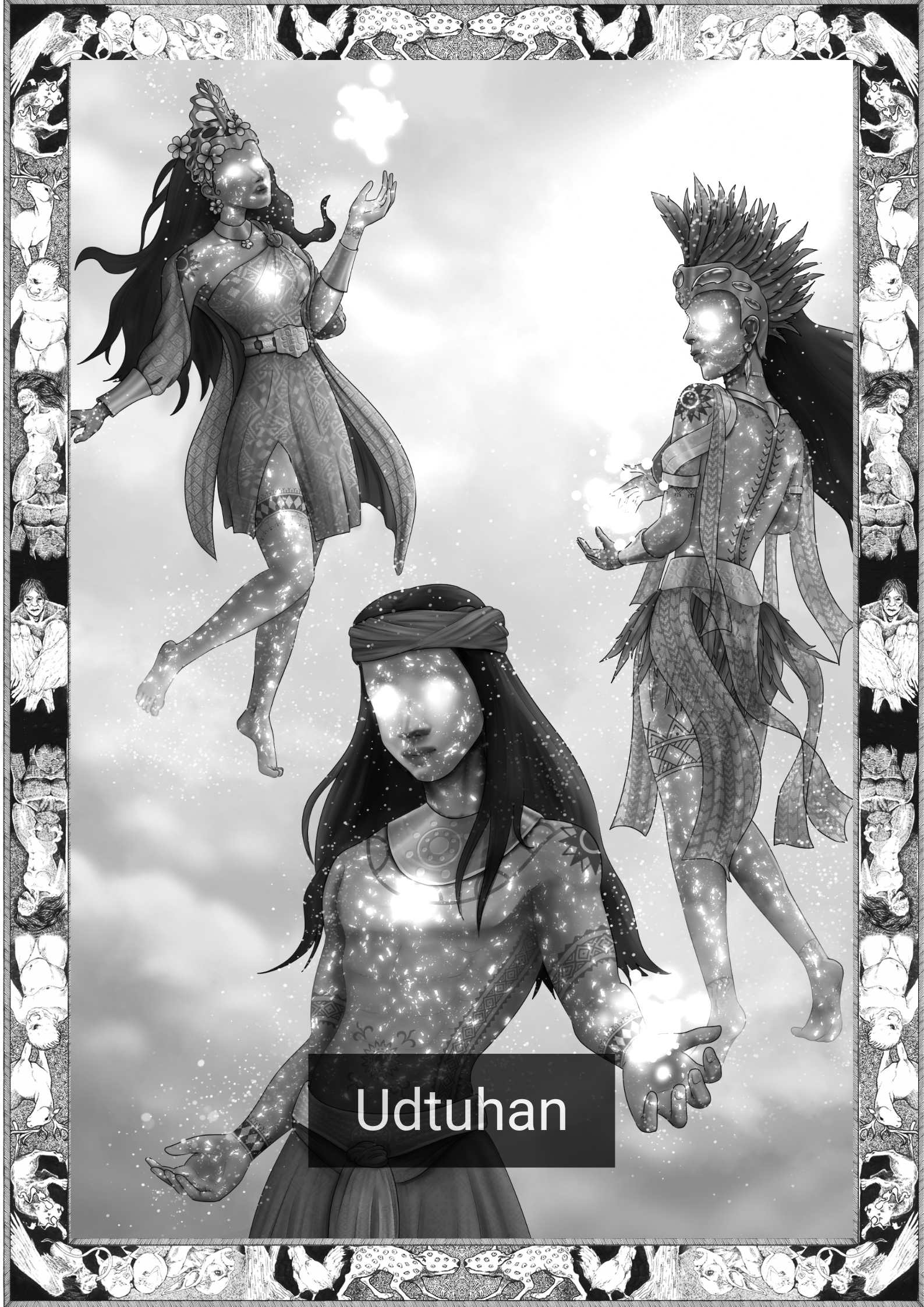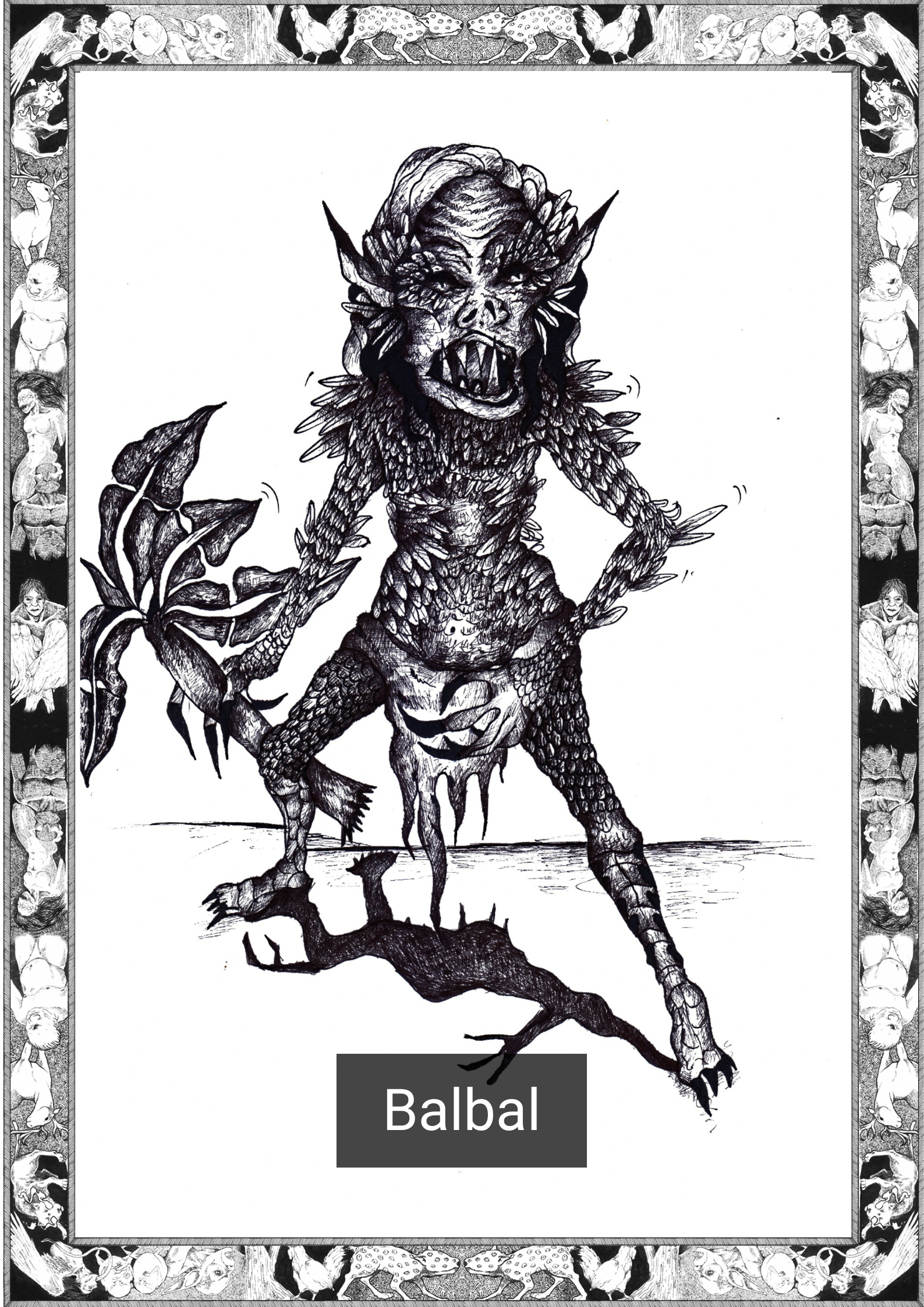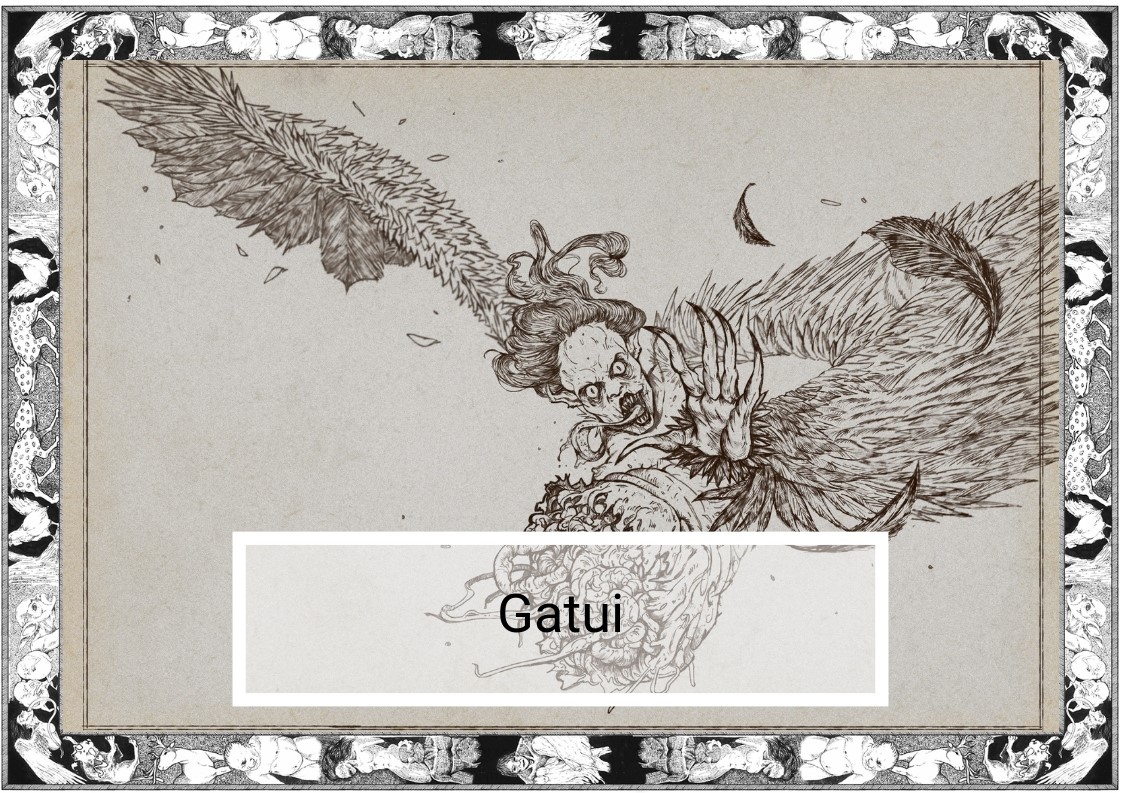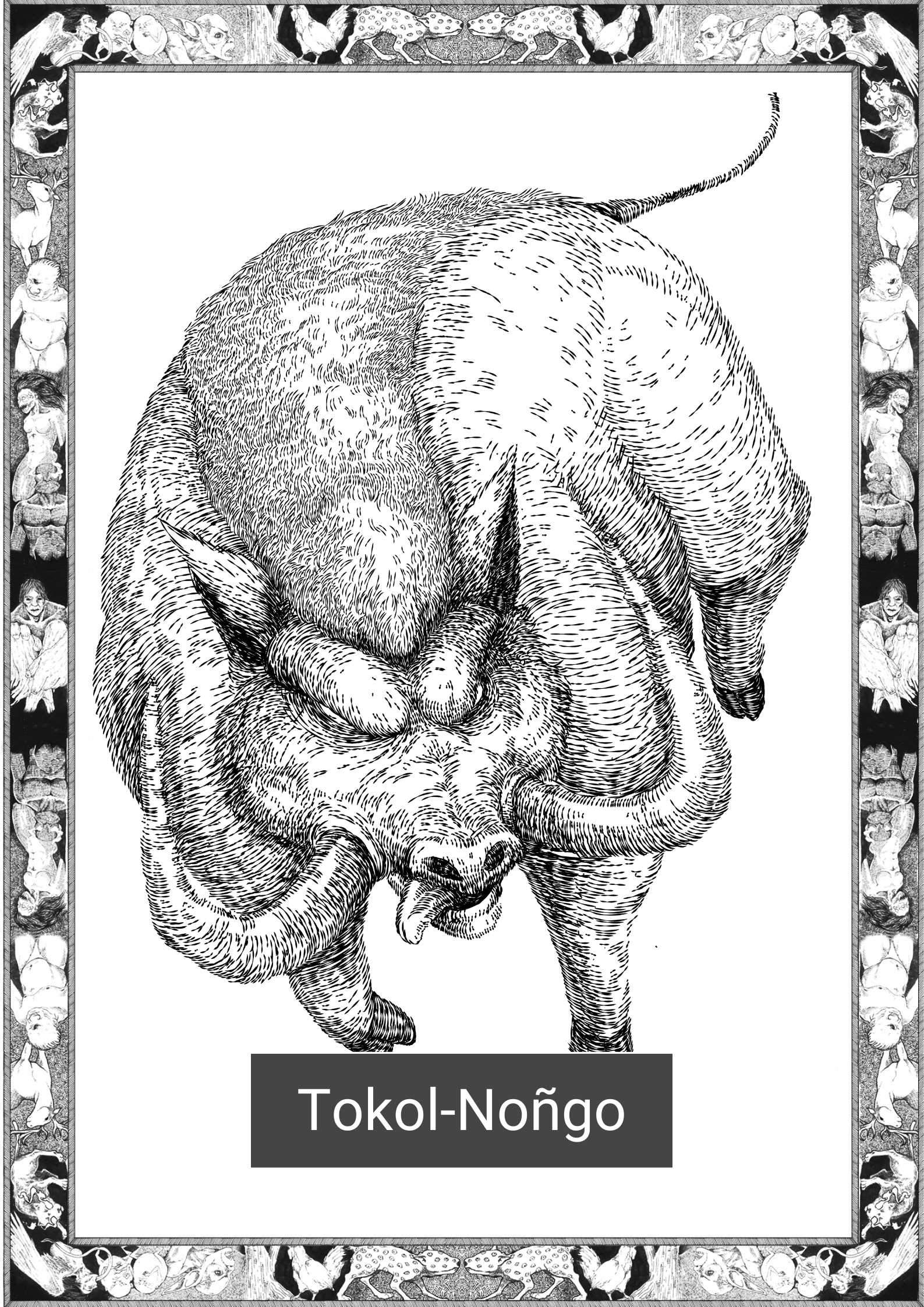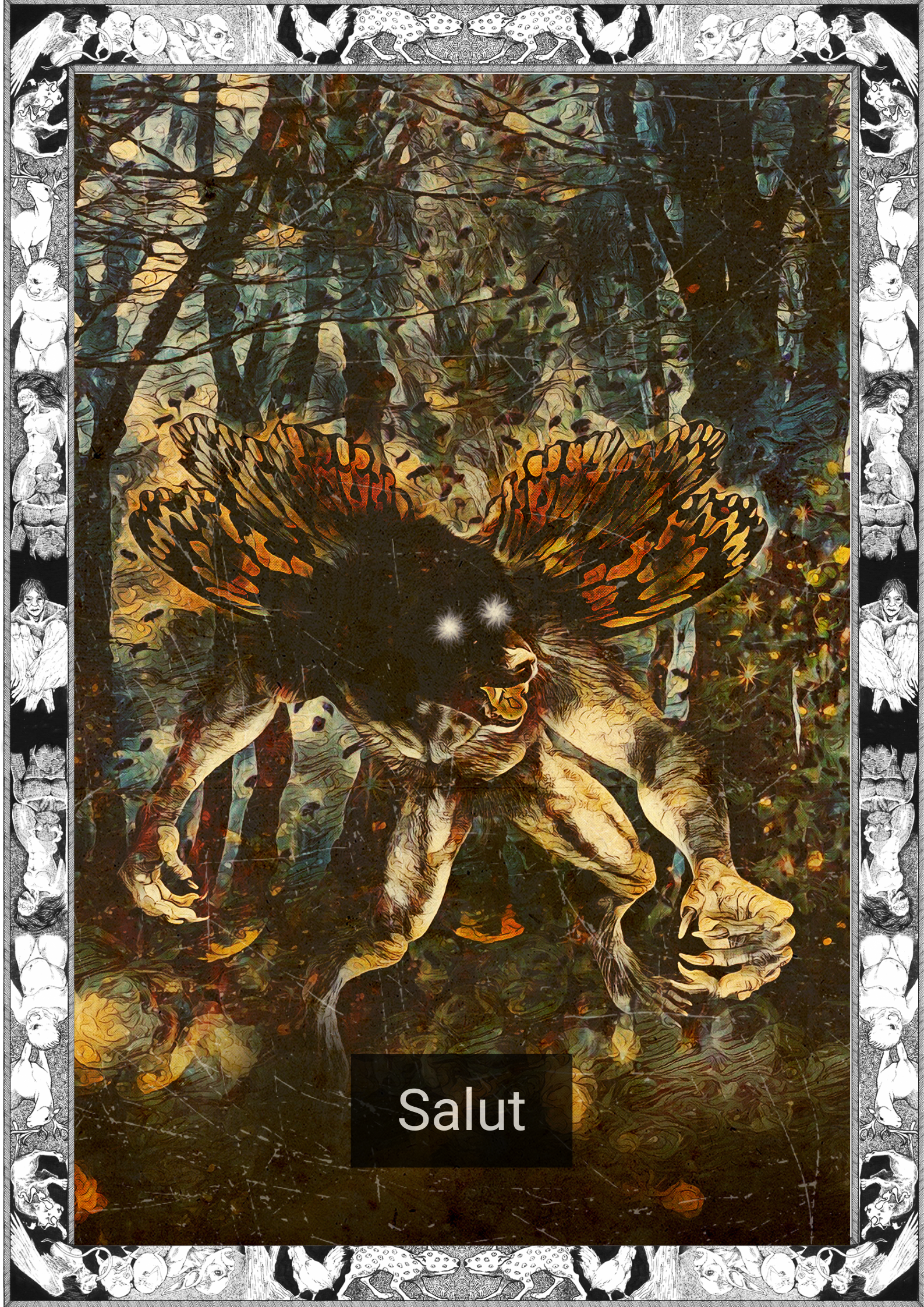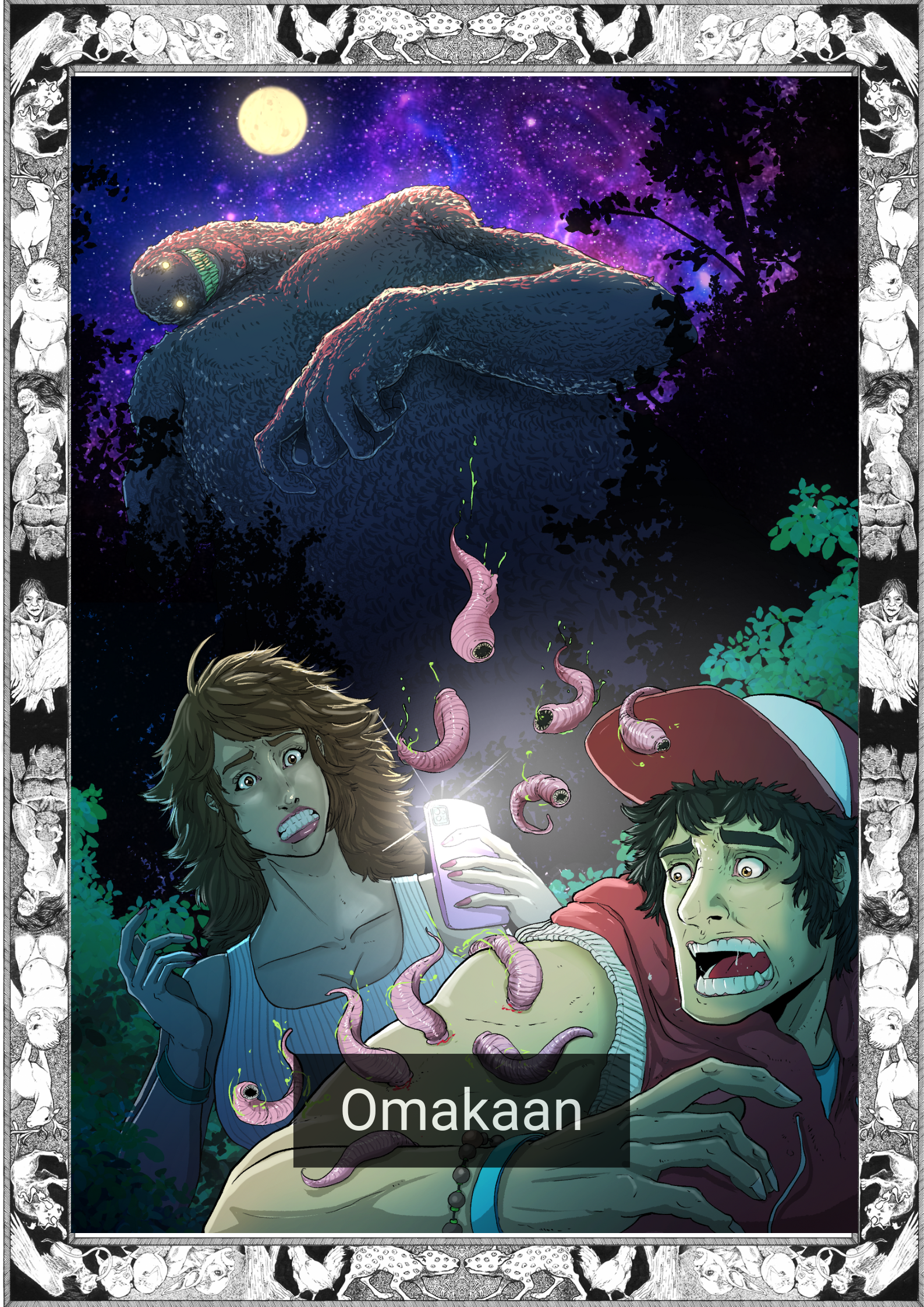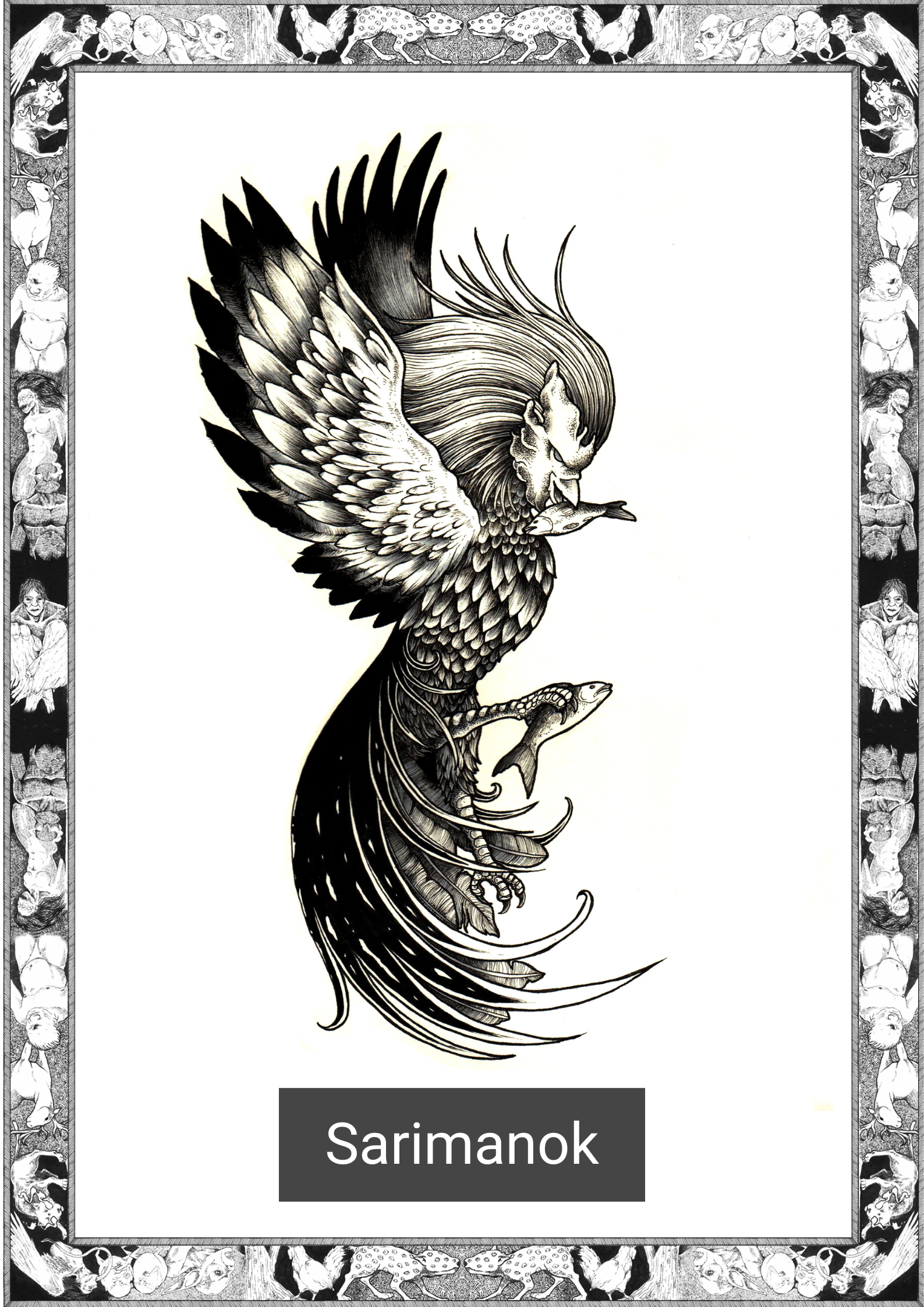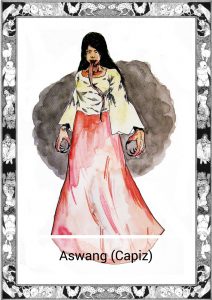
*Note this story is in Inabaknon
Kapa’i kay nagkinahanglan nga atalaw kaw si kamatayon?
Pata’anin ako, agbuwan istorya si ka’aw .
Ngan siray bali na awat mga panahon, aniya’ bali yaman danda nga ag’istar matapit si kalawot. Gana’ ngi adda ruyag-na bisita, husto na si iya i kamingawan nagpumwan na si mahaya ruma’-na. Aggamit na hamok pirmi i mga allaw ngan sangom nga aniya’ iya pina’agi si beach, nga kun singnga para isip na i kada bitu’on ngan kun pira bug’os i baybay.
Aniya’ hamok adda kumpanya-na, ma’in pariyo si bisan say a’a ha si kalibutan, kay ma’in gayud iya a’a bisan pa pinapa’i. I lingaw-na si kamatayon i kahuruhuwang na pirmi para ka’ibanan i kasurub’on na. Primiro mayya agsikilalahay ngan ag’ako’ na si lingaw-na si kamatayon i sa’i-na si danda. Ga’I iya atalaw ma’in pariyo na si mga a’a nga dapat agtangdo na hamok ngan agbuwan respito sito lingaw.
“Kapa’i kay ga’i kaw angabat katalaw?” I patilaw na si lingaw. “Parti kaw kun kay kapa’i mas aghalap i kinabuhi’.” I saruman na si danda.
Dati, ga’i ni adda kapinugaran mahalap i lingaw-na si kamatayon ngan pirmi to hamok antis anakka i panahon nga satima na si danda i larao, adda to ritwal nga nagparahimo para ka protektaran i puho’ -na si sa’i-na si mga maruyag magkilwag sito pakahuman-na si kamatayon. Siray, aruyag i lingaw si danda, kay ga’i iya bisan sumiran akabagat adda a’a nga agbuwan respiratar pariyo si pagpakulaw na respito si iya.
Masiniluson i lingaw-na si kamatayon ngan karuyag na agtatawa’ na hamok i danda. Agsunuran na i danda pada’iray si baybayon ngan agplanuhan na nga limbo nayto, para pirmi na iya si pudir na si kamatayon hasta si kahastahan.
Piro kay ma’in bulok i danda, sakatu’anan na kon ay i hirimuhon na si iya si lingaw. Ag’ambanan na i ruma’-na ngan padugok iya si papo’-na danda. Aniya’ pambihira kapangyarihan-na sito maktong nga adda beses na agdiri’an na sito ampo nayto danda. Gana’ la’in pagpipili’an na si danda, ag’itatapit na i lingaw-na si kamatayon.
Ngan satakka na na kunta’ si lingaw i danda nginarat to iya. Hintak to danda to kawara’an hingasong, ga’i na sa abat na i kupkop na si lingaw.
Piro kay ga’i gad kunta’ ambanan na si danda i lingaw-na si kamatayon. Sakatu’anan na sanglit i pagtraydor na si iya si adda kumpanya nga agtapuran na gayud, ngan sito butang, ga’i liwat iya pahuway hasta ga’i iya akabulos. Balang ga’i nagrespitar i kamatayon pina’agi si paghimo’ si larao, pada’iray iya. Rangka na kon ay may i primyo na si lingaw.
Ma’in kinahanglan nga agkatalawan mo i kamatayon.
Atalawa si kun titakka pakatima na siray.
=————————-=
English Version
Why should you fear death?
Let me tell you a story.
A long time ago, there was a rich woman who lived by the sea. She would not have any visitors, for she liked the quiet that her large house gave her. She would spend her days and nights by the beach, counting each star and each grain of sand.
She had but one friend, not like any person in the world, for it was not a person at all. The shadow of death would spend time with her to ease her loneliness. They first met when death’s shadow claimed the woman’s mother. She was not afraid as most people would have been and greeted the shadow politely.
“Why are you not running in fear?” The shadow asked. “You are part of what makes life beautiful.” The woman answered.
Death’s shadow had never been called beautiful before and it stayed until the woman finished the larao, the ritual ceremony to protect her mother’s body from those that would harm it after death. The shadow fell in love with the woman then, for it had never met a human who respected death such as she did.
Death’s shadow was a jealous thing and it wanted the woman all to itself. It had followed her to the seaside and had planned to drown the woman, so that she may be in death’s embrace forever.
The woman was no fool, though and knew what the shadow had planned. She left her house and visited her grandmother. For you see, the old woman had great power that was once rejected by her granddaughter. The woman had no choice, death’s shadow was approaching.
When the shadow caught up to the woman it was surprised. She had become deathless, she would never know the shadow’s embrace.
The woman would not leave death’s shadow though. She had known the betrayal of a trusted friend, and she would not rest until she had her revenge. Every time death was not respected through the larao, she would be there. Desecrating what would have been the shadow’s prize.
You should not fear death.
Fear what comes after.
=—————=
*The Inabaknon language, also known as Abaknon, Abaknon Sama, Capuleño, Kapul, or Capul Sinama, is an Austronesian language primarily spoken in the Island Municipality of Capul of Northern Samar, in the Eastern Visayas Region of the Philippines. Unlike the other indigenous languages of the Eastern Visayas, namely Waray, Cebuano and Boholano, Inabaknon is not classified as part of the Visayan language family, but is rather grouped with the Sama–Bajaw languages.
Written by Karl Gaverza
Inabaknon Translation by Jo-An Panis Magloyuan
Copyright © Karl Gaverza
Translation Copyright © Jo-An Panis Magloyuan
Inspired by the Aswang (Capiz) description in Creatures of Philippine Lower Mythology. Ramos. 1971.
Aswang (Capiz) Illustration by Leandro Geniston from Aklat ng mga Anito
FB: That Guy With A Pen
